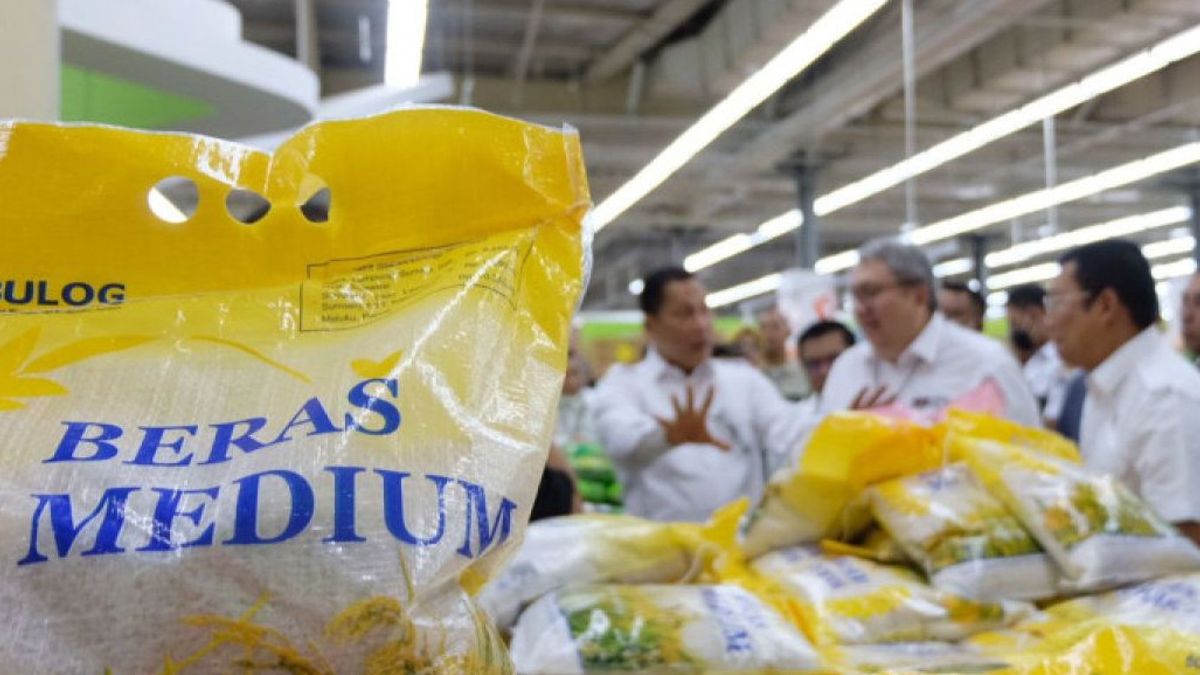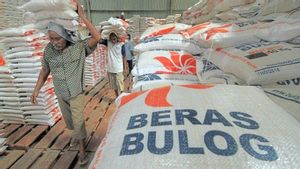
Agricultural observer of the Indonesian Political Economy Association (AEPI) Khudori revealed the cause of the scarcity of rice in modern retailers. He considered that the scarcity of rice was caused by rice traders stopping rice supplies to modern retailers.
According to Khudori, when traders supply their rice to modern retailers, they will be immediately confronted with the highest retail price (HET) policy set by the government since 2017.
"Members and rice milling no longer supply to modern retailers because they lose money. Modern retail managers do not dare to violate HET. If traders and mills still want to sell their products, on average retail managers ask/buy prices below HET Rp13,900/kg so they don't lose money. If modern retailers make a profit of Rp200/kg, it means receiving from traders or annealing Rp13,700/kg," Khudori told VOI, Thursday, February 22.
He said, if retail entrepreneurs want to get a bigger profit, then the price of rice from traders or mills must be even lower.
"(This causes) the loss of traders/giling even greater," he said.
According to Khudori, now traders and millers prefer to supply rice to traditional markets. The reason, he said, was that the policy regarding HET was never obeyed in the market.
"Instead of losing money, traders and milling are currently selling more rice in traditional markets, because in traditional markets since the HET, that policy has never been obeyed," he said.
관련 항목:
Therefore, Khudori advised the government to immediately reconsider the HET rice policy. Thus, there are no more parties who feel aggrieved as a result of the scarcity and high price of rice.
"Therefore, it is important for the government through the National Food Agency (Bapanas) to reconsider the rice HET. The policy, which has been in effect since September 2017, needs to be evaluated for its effectiveness in what kind of market. Including, the impact on the overall rice industry," said Khudori.
"At the same time, there is nothing wrong with Bapanas recalculating the cost of rice production. Maybe the price of unhulled rice is high and continues to rise because the structure of the production costs has indeed changed," he added.
The English, Chinese, Japanese, Arabic, and French versions are automatically generated by the AI. So there may still be inaccuracies in translating, please always see Indonesian as our main language. (system supported by DigitalSiber.id)















